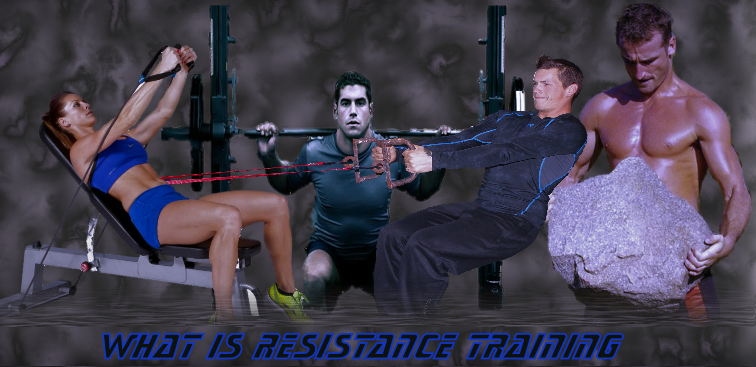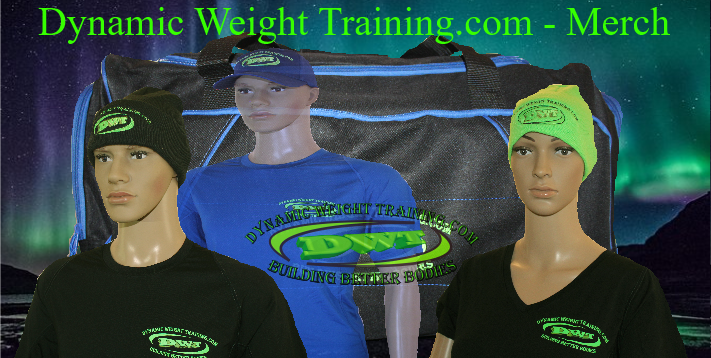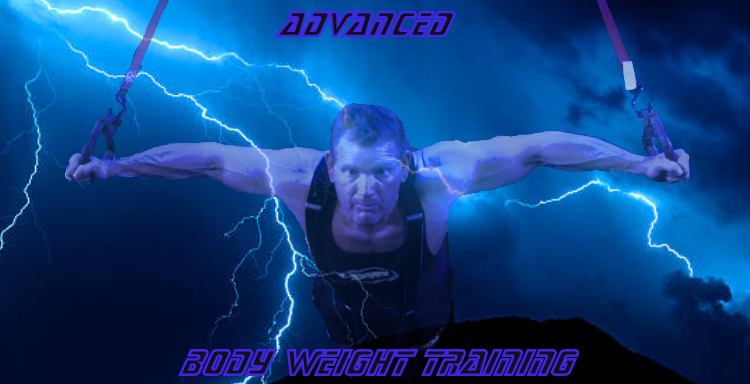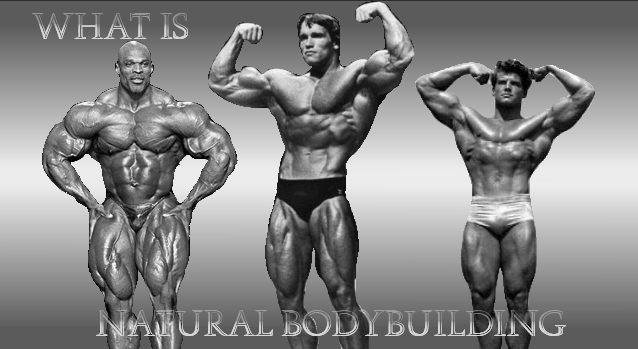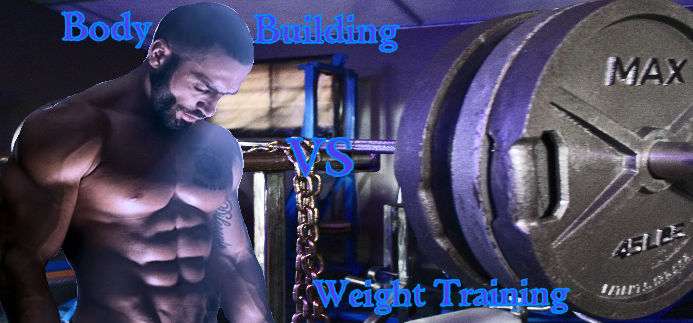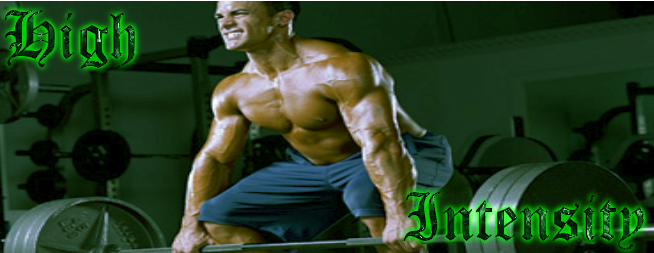What is Resistance Training
What is Resistance training? Paradoxically it’s more modern view is adopted to give the image of people exercising using rubber bands, ropes/pulleys or medicine balls etc.
Essentially; using resistance is how we increase total body efficiency, resistance develops muscle and tendon strength as well as increasing bone density and physical endurance.
Whether you’re new to resistance training or not, resistance training can be accomplished at home, in a gym, your back yard, basement or Community Park.
Resistance Training is: almost any form of physical activity or exercise you preform using your own body weight or external resistance to increase the force against gravity.
The Definition of What Is Resistance Training?
Whatever your view of resistance training is; it’s simple by definition: using your body or external objects to increase body efficiency. You can Use: ropes, bands, rocks, bricks, pails of water including barbells, dumbbells or weight equipment found at your local gym, anything that adds resistance.
What is The Purpose Of Resistance Training
Any form of resistance exercise that forces the muscles to contract harder than they would normally without resistance, so...
A better question might be, what is resistance training going to give you? Resistance produces a muscular contraction, there's 3 different types of contractions: 2 of these can be referred to as (Isotonic).
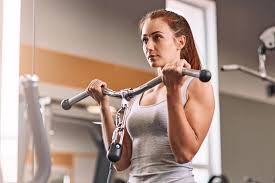
Concentric contraction - is where muscle tension increases and contracts the hardest against the sticking point in the exercise, e.g., such as bench pressing in the push part of the motion or lifting in the barbell arm curl. As the muscle shortens intensity can be felt to a greater degree in the affected muscle(s) being used.
The concentric force of the muscle contraction is the
positive phase of the first half of each exercise.Typically this is where strength and muscle size is
created... if enough sets/ reps and intensity is applied.
Eccentric contraction - is where the muscle lengthens due to the resistance being greater than the force the muscle is producing. Meaning: as the weight is being lowered to its starting point, from a pressing or pulling motion.
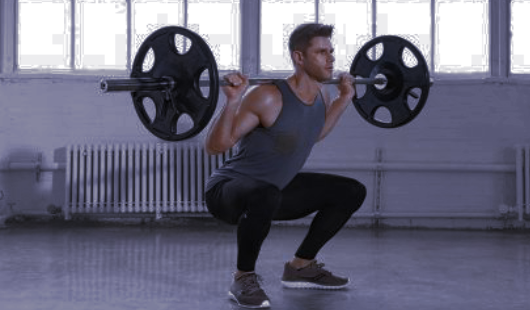
The
eccentric portion of motion is the negative or releasing phase of the second
half of each repetition performed. This is where muscular endurance, density
and control are created. This isotonic action can often be responsible for
the soreness you feel the next day.
Isometric
contractions: is a third type of
contraction where the muscle or particular group of muscles are held in a
contracted state and not moved; but, stay stationary or static in position for a full
flex intensifying the pump or momentary endurance contraction.
This type of contraction can be used to stimulate some further muscle growth; this can also increase the pump, muscle shape and its definition.
Different Types of Resistance Training
Resistance training umbrellas 4 Broad based categories:
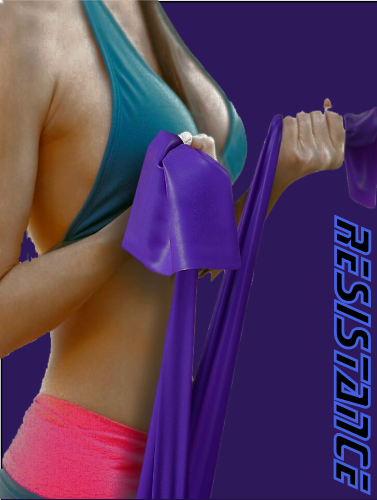
- Free Weight Training –is probably the most common and popular type of resistance training found in most homes or commercial gyms today. This is where dumbbells and barbells are used to produce strength, forcing stabilizer and supporting muscles to fire simultaneously in each repetition.
- Body Weight Training -
Is just that, using your body weight as resistance to increase muscle endurance and
strength results from the simple resistance of gravity against your own body.
Common body weight exercises are: push-ups, pull-ups, sit-ups, lunges etc.
- Weight Machines – have pros and cons depending on your
fitness goal, there great for some beginners, adding a degree of safety. Weight
machines are also a great form of resistance exercise, but they do not produce the
same strength benefits as free weight training.
- Using
what’s available – what is resistance training - it can be anything; using rubber bands, walking
up-hill with weights, using paint pails or medicine ball exercises or lifting, packing,
or pushing rocks, bricks or tires it all falls under resistance training.
The Basics of Resistance Exercise Movements
Free weight resistance: has 2 basic exercise groups:
Compound Exercises: often involve bilateral movements with the use of the barbell, compound often means more than one muscle group assists in each lift. This assisting action from multiple muscle groups, allows for more resistance to be used, ultimately increasing strength and muscle definition e.g.
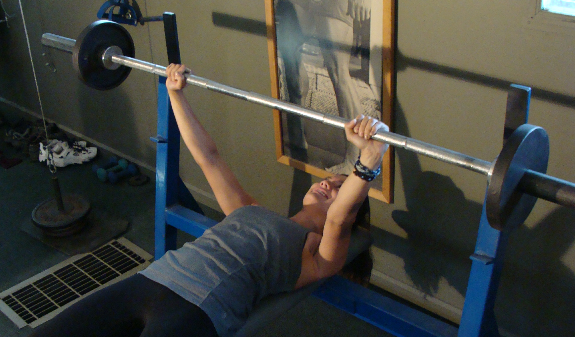
- The Barbell Bench Press – shoulders, chest and triceps
- Barbell Squat – quadriceps, shoulders, lower back Hamstrings
and glutes
- Barbell Deadlifting – shoulders, biceps/forearms, back
hamstrings and glutes
- Standing Barbell Military Press – shoulders lower back, traps,
triceps and legs
- Barbell Bent over Row – upper and lower back, traps and biceps/forearms
- Barbell Lunges – hamstrings, quadriceps and glutes
- Free weight training Rep and Set Ranges vary with each athlete’s goal:
- 5 – 7, for building and increasing Strength
- 10 – 12, for increasinghypertrophy or muscle size
- 15 – 20, rep range will ultimately increase endurance
Isolation Exercises:
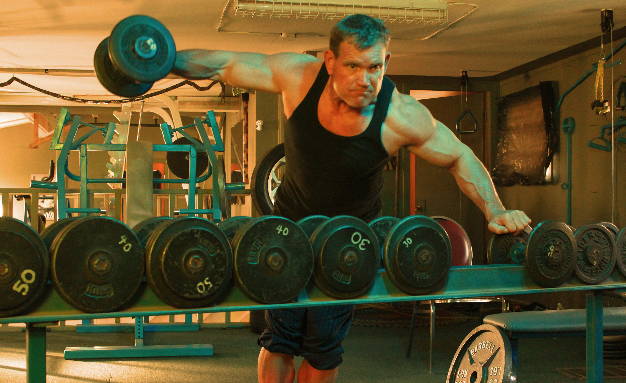
As the name suggests these are exercises for isolating specific muscle groups, often used by bodybuilders to increase and enhance the look, shape/size of a particular area of a muscle belly.
These exercises are not as important to use in the beginning – until enough muscle mass has been obtained to shape or enhance into the desired contour that the athlete has set his or her goal towards, here are a few examples.
Isolation training where free weights are concerned can often be performed unilaterally with dumbbells, making a strong momentary contraction at the termination point of each exercise.
- Dumbbell Flys – to enhance inner and outer pectoral development
- Seated Concentration Curls – to enhance the lower and mid biceps peak
- Seated or Standing Dumbbell Laterals – to enhance the mid and rear deltoids
- Incline Dumbbell Press – to enhance the upper and inner pectorals
Body Weight Training:
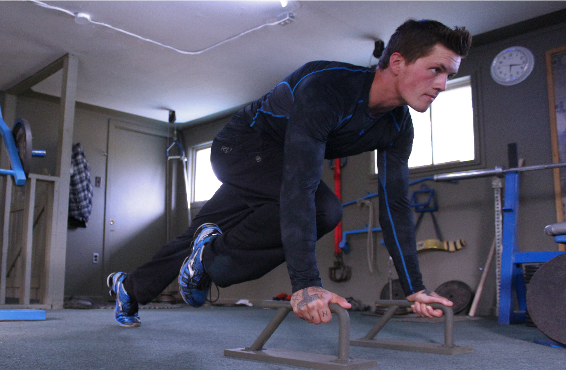
Body weight training’s degree of difficulty varies from how
much total body weight is used as resistance in each exercise, like:
Wide Grip Chins
Pull-ups
Parallel Bar Dips
- these exercises use the entire weight of the body, producing great strength and shaping movements, but a strong athletic ability is needed.
Other body weight exercises don’t encompass as much body weight resistance allowing for a little less athletic ability such as:
Sit-ups
Push-ups
Rope pulls etc.
Weight Machines:
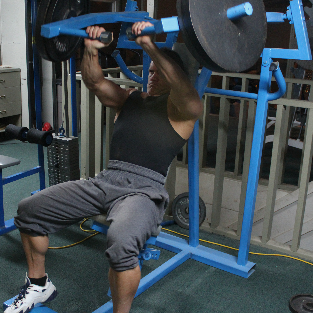
Most gyms carry a wide verity of weight machines; machines are a great, safe even fun way to preform resistance training.
Machines vary in
there nature as to what areas of the body you what to target.
I personally have built a good deal of weight training equipment over the years and I would break machines down into 2 categories:
Machines for increasing muscle and strength:
Often these use a single hinge point or a roller or sleeved bearing system.
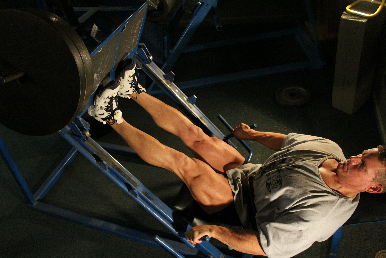
Angled leg or Vertical leg press and Smith machines increase quadriceps leg strength... if enough resistance is used.
Other hinged machine systems that do a good job of taxing your strength reserves are:
the bent–over T-bar row and standing calf raise machines are also solid choices to build muscle size and strength in these areas.
Cable, pulley and cam based machines: also provide great resistance, cable machines pick-up where free weights leave-off; meaning: cable machines often stimulate body parts that can’t be reached effectively through free weight training.
Cable machines allow the athletes nervous system time to focus on the contraction changing training stimulation and intensity from that of free weights.
Stabilizer muscles don’t come into play as intense as they do where free weights are concerned, cable machines produce strength, shape and muscle tone.
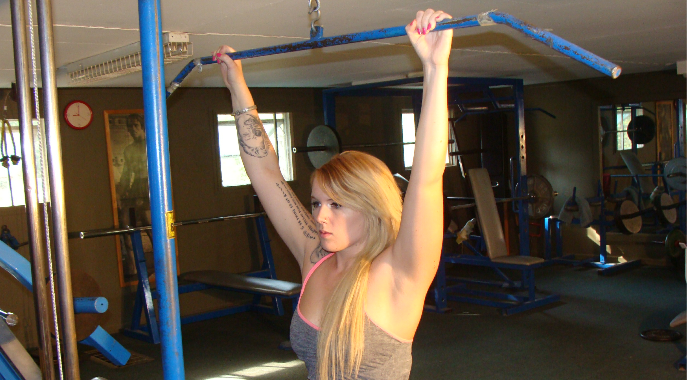
Using cable-based, Lat - machines provides endless verity with different attachments.
Wide-grip Cable Pull-downs provide great resistance/stimulation to the outer and upper back muscles, narrower grips often stimulate the biceps and mid back muscles, whereas...
seated cable rows with a narrow-grip attachment, produces strength and muscle size across the upper back through the great stretch achieved from this movement.
Cable leg extension machines typically isolate the front quadriceps muscles, whereas cable curls isolate the rear leg biceps.
Often - advanced lifters use free weights to stimulate the biggest body parts first; then graduate to cable machines as greater fatigue sets in, allowing the athlete to focus deeper on muscle movement.
Using Creativity Anything Goes in Resistance Training
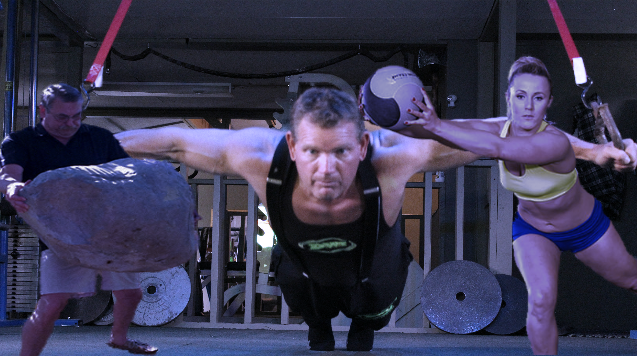
What is resistance training? its using whats available; if a gym is not in your area, you can achieve this anywhere, with anything. If all you have is rocks, bricks or bags of sand use them: or if you don't? You can use body weight exercises.
If you need more resistance to increase strength, lift pails of water or paint, lift tires or slide a tire or two onto a metal or wooden bar, to mimic a barbell or dumbbell. You can even use a tree branch for pull-ups, rubber bands, bungee cords or a medicine ball: it all provides resistance.
If you live near a community park you can use some of the apparatuses there to challenge yourself. I don't know how many excuses I've heard over the years from people complaining and procrastinating, (they have no equipment or can't find the time).
Equipment lies in creativity: time is not something you find... time is something you make.
No matter what you use it's all resistance training, from the time we get out of bed and start each day, just having gravity's force on us is taxing by days end. building a resistance to gravity is a means to increase your strength, which in turn, makes each day easier.
What is Resistance Training Tips!
- If you’re a beginner, use good sense of judgment... know your physical limits; if you’re not sure, start with a (go easy attitude) giving your body time to adjust to resistance training.
- Give your body adequate time for recovery, between workouts depending on intensity this is commonly 40 – 50 hrs before re-training the affected areas.
- Beginners, Intermediates should always use good lifting form in any resistance training.
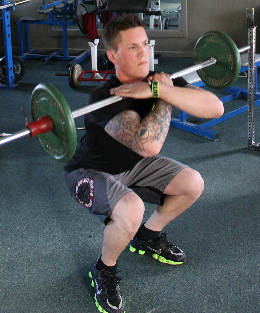
- Using compound exercise movements builds the most strength and effectively the most muscle, while isolation exercises increase muscle shape and tone.
- Be sure to always take the time to warm-up properly to avoid injuries.
- Add verity with all resistance training, focus on pushing movements one day; emphasizing the shoulders, chest, triceps and the powerful leg muscles of the quadriceps. On the next day - focus on pull movements stimulating the upper arm biceps/forearms, back and rear leg biceps.
- Make a fitness plan and set a goal, you have a greater than 72% chance of succeeding with a planned goal.
- Use the right resistance for your athletic ability with your goal in mind using good form... and remember: intensity is always the underlying key to success.
In Summery
Resistance training has endless verity and possibilities, it really depends on what your goal is: if you want to increase total body strength and muscle, Free weight compound exercises using barbells would be a great place to start.
If your young and cannot afford expensive gym memberships or maybe you want to work out at home, or are a little self-conscious of using a gym; body weight exercises might be a great avenue to explore.
Ultimately what is resistance training - can be answered by: what do you what to get from it? Match the type of resistance to your athletic goal and don’t give up on your dream of self-improvement.
Interchange exercises with different ones, change the angle, (foot and hand position) including the resistance. The more persistent and progressive you are at any resistance training, the greater those results will reflect in the mirror. Above all, resistance training is about creativity, change, verity and some fun...
So include all of them.
DWT
